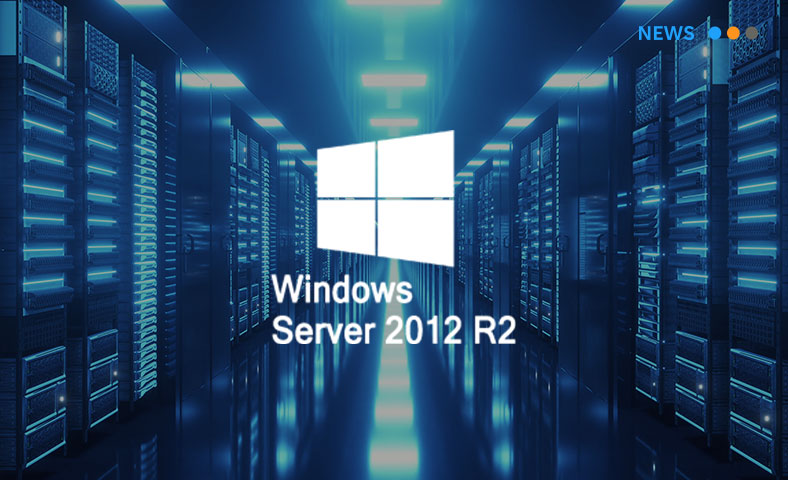Cloud Wars: Los Costes ocultos y no tan ocultos de soluciones On Premise
April 14, 2016Microsoft Azure for Deploying SAP Solutions – Use Cases
April 14, 2016How ready is your organization for a Transition to the Cloud ?
Whatever your goals when starting or following your road to Cloud adoption or Cloud Migration, all share the need for assessing whether all levels of the organization are ready for the Cloud, not for any Cloud, but for the one that better fits their purposes. Every business is different, needs are different, IT can be different, and their goals and needs for a Cloud transition will be equally different.
Even if some of the topics of a Cloud readiness assessment does not apply to your organization or whether there might be others of your own, a readiness assessment is a great way to have the big picture of the road ahead.
Transitioning to Cloud is not a goal in itself, at least it should not be a technological goal, not even a project name or program, but a business one. It’s really not that much different than implementing traditional on premises applications and systems. Both types -whether Cloud or On Premises- enable business processes, efficiency, automation, intelligence, cost savings, compliance and so on. In summary, they allow the business to run and operate.
On implementing and transitioning part or all of your IT to a collection of Cloud services, just like in traditional on premises IT, one suit does not fit all. Transition is not going to be easy and there are quite a few challenges ahead. One way to prepare is to check how ready your organization is for what lies ahead.
Let’s look at some of these readiness topics:
Organization Readiness
This first and global issue is the one that responds to the big question: What does it mean from an organizational point of view to be ready for transitioning to Cloud? That involves the following questions:
- What will change in the organization?
- How Cloud services will impact the organization?
- Are we ready to communicate the changes?
- What will happen with roles, responsibilities and job descriptions?
- Will the changes align well with company strategy?
- How will it impact our financials and operations models?
- How will the control of our data and our security change?
- Are we ready to be compliant with the regulations?
- How much will Business Processes change?
Once the stakeholders come up with the answers, the way to handle the organizational readiness is to develop an Organizational Change Management plan and execute it during the Transition project.
Business User and Workplace Readiness
For business users to support new technical and business initiatives, they must be prepared but also they must be involved, informed and trained. Whatever comes with the Cloud, it must include clear benefits for the users: applications much easier to use and to learn, they must help them accomplish their tasks more efficiently, to be more informed, to provide more job independence. Business users will be ready when they all see the clear benefits for the company and for them. Having a new great user experience like they find in their favorite online webs and with their mobile apps will certainly help with adoption. In order to check their readiness, the following aspects must be assessed:
- Do users have a technically suitable workplace or device for accessing the new systems?
- Will they need specific training?
- Are the business users involved in the project?
- Are they being informed and changes communicated?
- Will the business user be able to perform some testing in a similar working environment?
- Do the users know how to and when to contact support?
- Will the new systems and applications be aligned with users requests?
- Will they be allowed for a anywhere, anytime, any device access?
With the answers from the above questions, vendors recommendations and best practices, a plan must be designed to make sure business users and their workplace are ready for the transition.
Technical Readiness
What are the technical requirements that need to be prepared and in place so that a transition to Cloud is viable and feasible from a technical point of view? Of course, you wont be able to answer specifics until you also have done a Workload Analysis, but these questions will be useful for both tasks:
- Will the Cloud be able to handle our IT Workloads?
- Do we have enough Network bandwidth?
- Connectivity backup?
- Are we ready for Integration intra and inter Cloud?
- Ready for new Security?
- Monitoring ready?
- Will there be a Contingency plan in place?
IT Department Readiness
One of the traditional barriers of the last few years for Cloud adoption was the fear of IT departments that Cloud would take away their tasks and jobs to the Cloud providers, and the feeling of being inadequate for the new tasks. IT needs to adapt to Cloud like it has adapted to any other IT technology that have been implemented in their companies continuously. IT has been always adapting, so evolving to Cloud shouldn’t be an excuse any longer except for those that feel inadequate for keep on learning. The IT department is critical in the Cloud Age for many reasons, but there are two which are critical: because they must handle integration and governance. Checking that IT must get ready involves questions such as:
- Do we have and will we have the right IT Governance?
- How will the transition change the Service Catalog and associated policies?
- Does IT have the skills, knowledge and experience? Have they been trained?
- What additional expertise will be needed?
- How will we handle Integration issues inter and intra Cloud?
- Will there be the need for new system management?
- How will SLAs be handled in the new Cloud context?
Cloud Transition Projects Readiness
Except for the fact that depending on the different Cloud Delivery models and Cloud types there are tasks for which the Cloud vendor is completely responsible, the Cloud projects will not be much different than if you are about to start a “traditional” IT project -if there was a way to define what a traditional IT project means-, but whether you have implemented your e-commerce, your ERP, your email systems or your Customer Service applications, all of those projects have in common a set of very important factors, often critical for the successful outcome. In Cloud Transition there is no difference, so get ready with:
- Stakeholder Commitment
- Budget
- Right personnel
- Right Service partner
- Right Cloud provider
- Proven Methodology
Ecosystem Readiness
Finally, make sure that you take into consideration what might be the most important element in your whole organization: your customers, and other critical business partners such as vendors, suppliers, distributors and so on.
If a Transition to the Cloud is going to impact or change the processes in dealing in any form with your business partners, make sure you are ready for them. So, in this case, just assess any potential change in your engagement processes and act accordingly, by either communicating the changes with anticipation or preparing your business partner ecosystem.
Checking the Readiness of the organization at all levels as introduced above is not an isolated process within a Cloud Transition program, it is intimately related to:
- The Goals and Objectivesaccording to the business strategy.
- TheRequirements and Workload Analysis from the technical perspective.
- The definition and execution of the Change Management Planfrom the people and process perspective.
If you can get those three pillars -Business Strategy, Technical Requirements and Change Management- clear and ready, I believe your Cloud Transition project is deemed for success.




